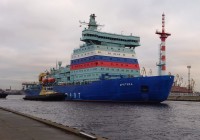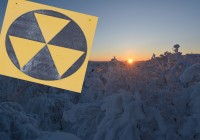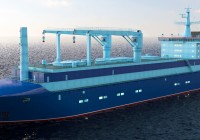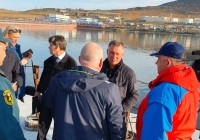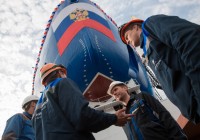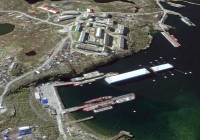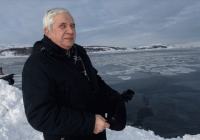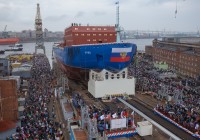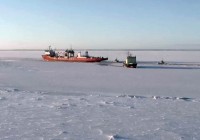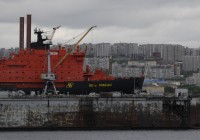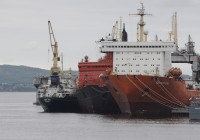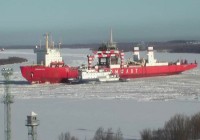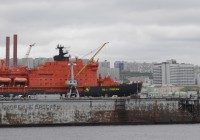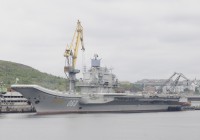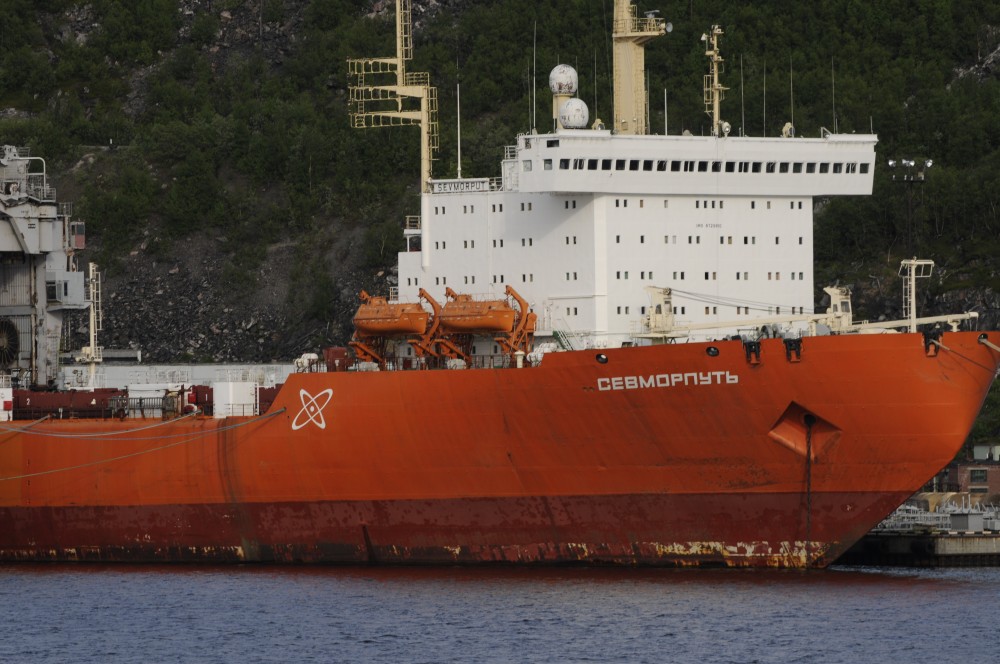
Nuclear-powered container ship sailed 3,000 nm to change propellers in lack of floating dock up north
ADVERTISEMENT
“Sevmorput” left her homeport in Murmansk on December 5th and arrived in St. Petersburg on the 12th after sailing a distance of nearly 3,000 nautical miles, information from MarineTraffic tells.
The 260 meters long container ship is currently moored at the Admiralteyskiye yard in the Neva River, but will later be taken to the nearby dry dock at Kanonerskiy yard, SeaNews agency reports.
It was late October last year the floating dock sank at shipyard No. 82 in Roslyakovo between Murmansk and Severomorsk in the Kola Bay. The dock was then holding “Admiral Kuznetsov”, Russia’s only aircraft carrier.
The sunken dock was the only one on the Kola Peninsula large enough to accommodate “Sevmorput” and navy ships like the nuclear-powered battle cruiser “Pyotr Velikiy” and ballistic missile submarines of the Delta-IV-, Oscar, II- and Borei-classes.
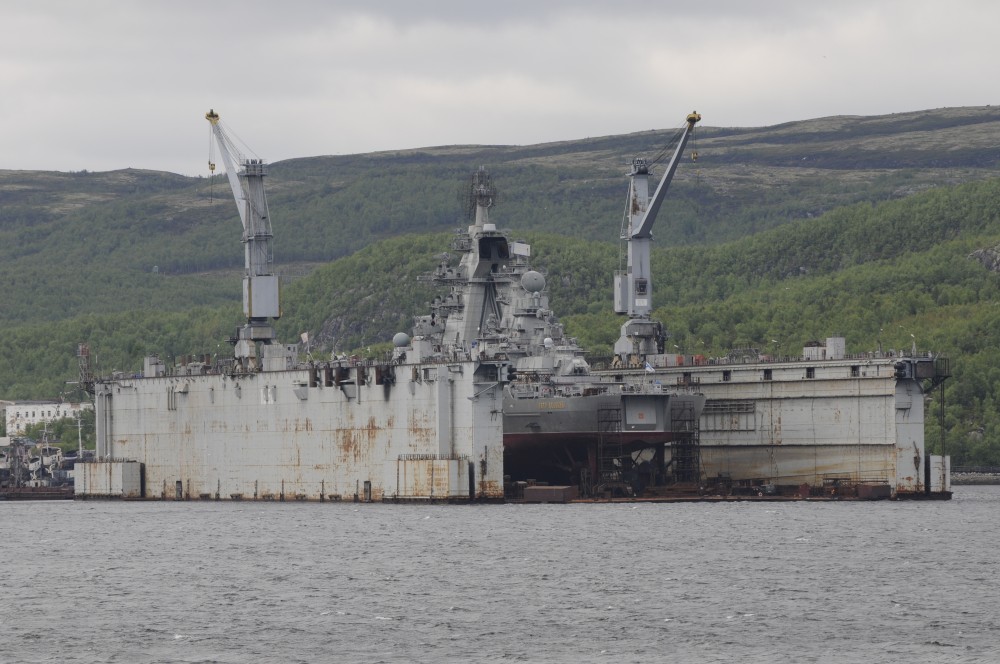
An older land-dock at naval yard No. 35, Sevmorput, in Murmansk will be expanded to facilitate larger military vessels, like the submarines. The dock is said to be ready by 2021. Meanwhile, navy ships will have to sail to Severodvinsk for simple docking operations.
ADVERTISEMENT
In September “Sevmorput” sailed from Petropavlovsk-Kamchatsky via the Northern Sea Route to St. Petersburg loaded with 204 containers with frozen fish from the Pacific to the markets in European Russia.
A second voyage was cancelled due to what Rosatom said was “a decline in export demand from ports in Eastern Europe” for return cargo Russia’s Pacific regions.
It is, however, unclear why the docking for shifting propeller shafts didn’t take place when “Sevmorput” anyway was in St. Petersburg in late September. The ship sailed back to port in Murmansk where she stayed until last week’s return to St. Petersburg.
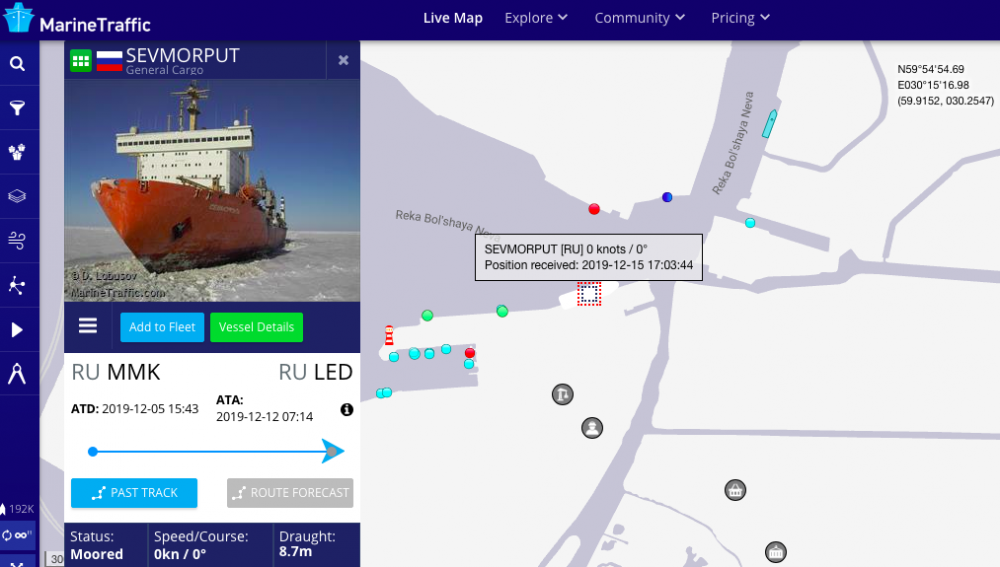
The September voyage was first time a civilian nuclear-powered ship sailed with cargo along the coast of Scandinavia to St. Petersburg.
«Sevmorput» (Russian abbreviation for Northern Sea Route) is 30-years old and is powered by one reactor of the KLT-40 type, similar to the the reactor onboard the icebreakers «Taymyr» and «Vaygach».
After a 2015 upgrade and safety evaluation, the reactor’s service life was prolonged with 150,000 hours aimed at keeping «Sevmorput» in operation until 2024.
ADVERTISEMENT
The Barents Observer Newsletter
After confirming you're a real person, you can write your email below and we include you to the subscription list.



